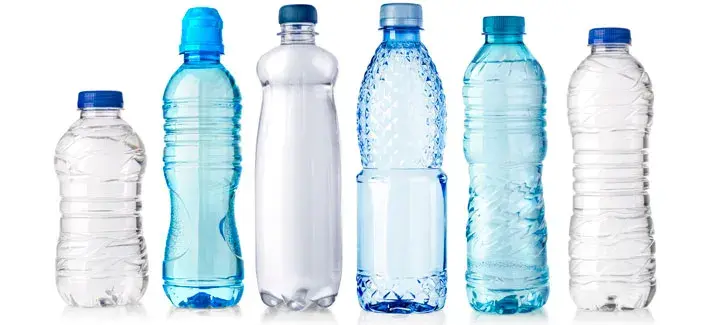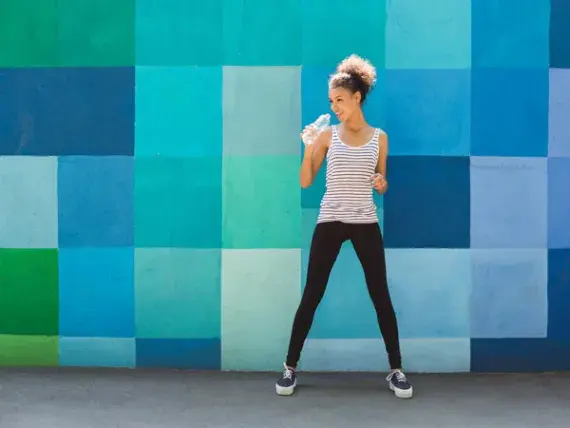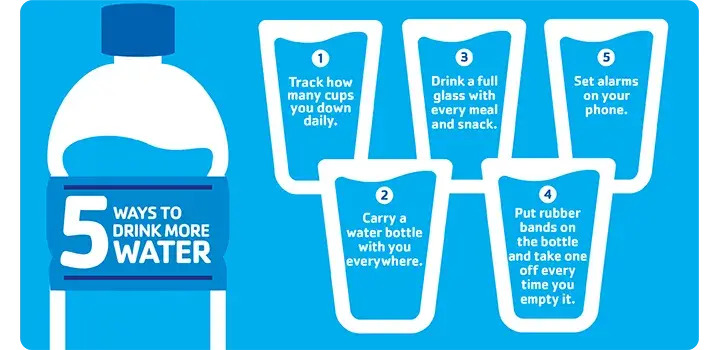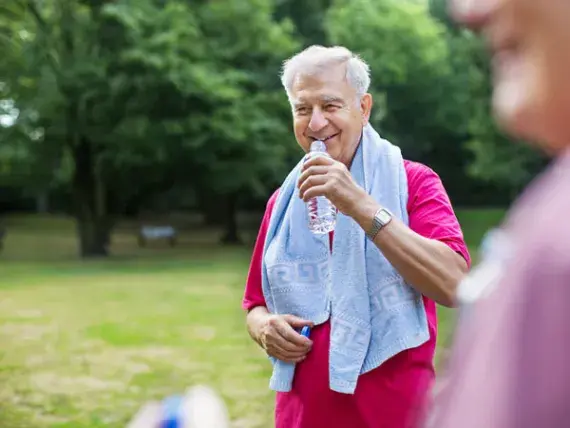The human body is made up of more than 50 percent water, and maintaining good hydration is essential in staying healthy. It's a great goal for anyone to set and achieve.
Some symptoms of dehydration can be pretty obvious, but others are trickier to spot. While you’re busy running kids from camp to sports practice or hopping from one meeting to another, remembering to drink enough water can easily slip through the cracks.
Keep an eye out for these surprising signs of dehydration, and make sure to always have water within reach.
Dry Skin
Did you know your skin is an organ? It’s actually your body’s largest organ. When you don’t have enough water, your skin will show it. Dry skin with poor turgor (the level of elasticity) is a hallmark symptom of dehydration.
Here's a simple test: If you can pinch the skin on the back of your hand, and it stays raised for more than a second, you need more H2O. Grab a bottle of water and get sipping!
Drowsiness
When your brain doesn’t have what it needs, it starts to slow down to make sure your vital organs can still do their job. This can lead to a sleepy or drowsy feeling. If you know you got a good night’s sleep, but still can’t stop yawning, try drinking some clear fluids and see if that helps.
Rapid Heart Rate
The amount of blood circulating through your body significantly decreases when you’re not properly hydrated. To compensate for this, your heart begins beating faster in order to circulate the blood that remains. A rapid heart rate can feel like butterflies or a pounding sensation in your chest and should not be ignored!
Muscle Cramps
Oftentimes people associate muscle cramps with a lack of sodium or potassium in the diet. While those can be factors, the vast majority of muscle cramps are simply caused by dehydration. If you're unsure why your muscles feel tight, start by drinking more water.
Thirst
Sure, this one is not surprising, but did you know that by the time your body signals thirst you’ve already lost 1% of your body weight in water? This means that thirst is actually a later sign of dehydration and should not be used as your main cue to drink water. If you feel thirsty you should drink until you no longer feel thirst, and then drink some more!
Gulp, gulp
Drinking enough water is crucial to healthy living. We often think of dehydration in our southern summers, but don't discount those dry winter days. We need enough H2O all year long!
Along with a trusty water bottle, you can help meet your fluid needs with foods that have lots of water like melons, citrus fruits or cucumbers. Stay hydrated!



